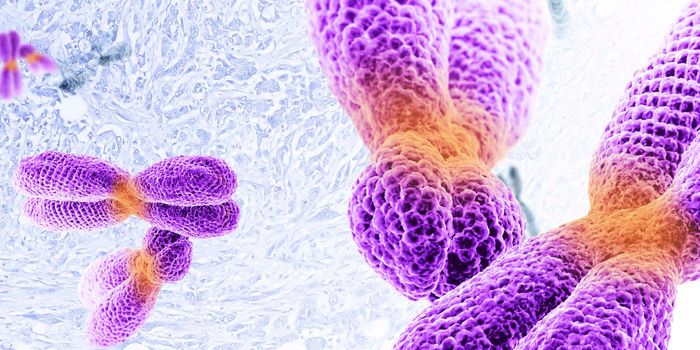Mass Spectrometry and How It Can Profile Cancer
Treatments for cancer usually revolve around targeting certain immune checkpoints in the cell. Protein cell death protein 1 (PD-1) and it’s signal molecule PDL-1 are such targets that are first-line treatments in many cancer therapies. The number of these targets is increasing every day with the likes of IDO1, LAG3, TIM3, ICOSLG, Vista, and others currently being investigated.
With so many targets, there is a good chance that soon the problem will be which ones to use, rather than the lack of options. Combination therapy has been on the rise recently. With more options available every year, a patient is more likely to be given a catered therapy based on their specific cancer. There comes a problem then, of how to quickly and effectively profile a patient’s cancer.
A team composed of the biotech companies Eli Lilly, Protypia, and the Institute of Translational Medicine at the University of Liverpool decided to tackle this problem. They proposed a method using new targeted mass spectrometry (MS) platforms to determine the immune target profile of a patient’s specific cancer.
MS is an analytical technique that allows scientists to measure the size of proteins and other molecules in a sample. Using targeted MS, the team could determine the amount of specific proteins in a patient’s sample. They gathered forty-six non-small cell lung carcinoma (NSCLC) samples and began their experiments.
Firstly, they compared targeted MS to RNA-Sequencing/Immunohistochemistry (RNA-Seq/IHC). Both RNA-Seq and IHC can give a readout of the cell’s activity by gene expression or protein levels in cells. Unfortunately, neither generates strong enough results for the team’s needs. They found that common immune targets, such as PD-1, PDL-1, and IDO1, were abundant in about half of the NSCLC cohort. However, the MS data only weakly correlated with both the RNA-Sec and IHC results. The team also tested several other immune targets, but none had any significant correlation with the targeted MS data.
The team also took the time to conduct global MS to identify any unique protein profiles related to PD-1 or IDO1 overexpressing NSCLC versus other NSCLC. Indeed, they both had a unique but complex protein profile. This observation, combined with the targeted MS data, might reasonably allow for a diagnostic or prognostic profile to be obtained with further work.
Currently, the primary method for identifying immune targets in a patient is immunostaining, a type of IHC. IHC is a qualitative test, which essentially gives a yes or no answer when you test if a protein is there. Mass Spectrometry gives quantitative results that can be effectively interpreted into useful profiling data for cancer treatment. The team concluded, “MS provides a systematic approach to quantitatively assess drug target abundance and co-expression, which will be essential to successful design and clinical evaluation of combination therapeutics.”
Sources: Nature Scientific Reports, Labroots









